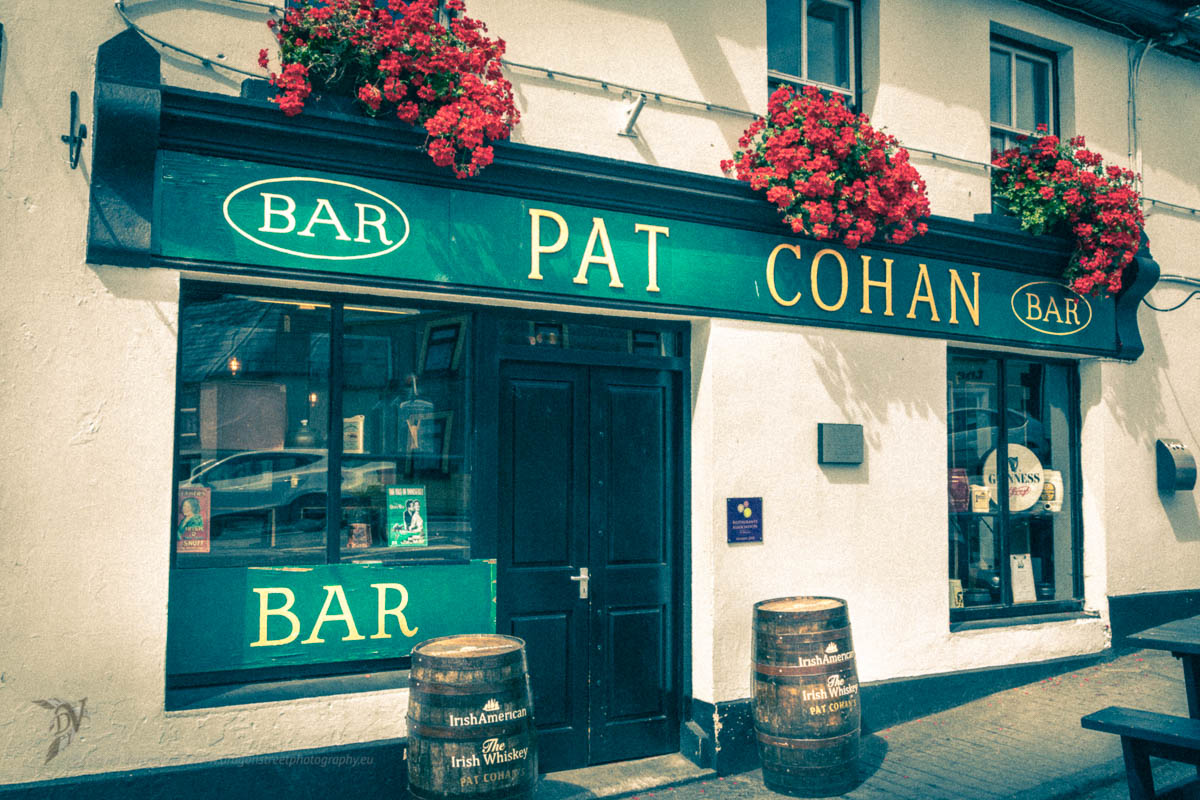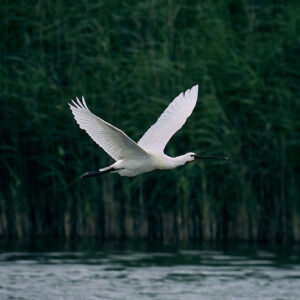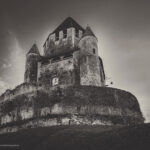Let's finish our adventure in the west of Ireland, with a short tour of the Dingle Peninsula and then the famous Connemara region (as promised in the the #3 article on our route in Ireland).
1. The Dingle Peninsula: A Jewel of County Kerry
La Dingle Peninsula is one of Ireland's most spectacular jewels. Located in County Kerry, it is the second most westerly peninsula after the famous Ring of Kerry. This picturesque region, bordered by the Atlantic, owes its name to its main town, Dingle about 80 km from Tralee.
Why visit Dingle?
DingleThis lively, peaceful town is a must for lovers of nature, Irish culture and good food. Famous for its friendly atmosphere and authentic setting, the town's main sources of income are fishing, farming and tourism. Here are some of the highlights of your visit to Dingle:
The cultural wealth of the Dingle peninsula
As well as its breathtaking scenery, the Dingle Peninsula is a major centre for the preservation of Irish culture. In this region, the Gaelic language is still widely spoken, especially in rural areas. Don't be surprised to hear conversations in Irish during your visit!
But don't worry: whether you speak perfect English or not, the locals and shopkeepers will be patient and understanding. Their legendary hospitality will immediately put you at ease.
Breathtaking landscapes for nature lovers
The Dingle peninsula is a paradise for nature lovers and hiking enthusiasts. Here are just a few of the places you should not miss:
When should you visit the Dingle Peninsula?
La Dingle Peninsula can be visited all year round, but the months of May to September are ideal for enjoying the milder climate and lush green landscapes. If you like festivals, the Dingle Food Festival in October is an event not to be missed, celebrating Irish culinary delights.
2. Beyond Dingle? An adventure for nature lovers
Go to Dingle is relatively easy, thanks to its well-connected road network. However, if you're looking to explore the peninsula in more depth, to survey its wild coastlines and climb its hills to discover breathtaking panoramas (and capture some great photos 😅 ), the journey can prove more demanding. The roads get narrower and narrower the further you get from the city, making crossings tricky at times. That said, it all depends on your motivation in search of these exceptional landscapes, which are well worth the effort!
I can only encourage you to undertake this adventure. However, you should allow a full day to enjoy the route to the full, or even better, two days if you want to take your time and photograph the sights. magic hours when light transforms landscapes into veritable works of art.
A little paradise
Nature lovers will be amazed by the diversity of landscapes in the Dingle Peninsula. With its impressive cliffs, golden sandy beaches, unspoilt coastline and lush green meadows, it has everything to delight visitors in search of authenticity. Add to this the architectural ruins of ancient villages, the rocky islands off the coast (like the Blasket Islands), and you'll get a veritable compendium of natural beauty in a relatively small area.
It's this "concentration" of wonders that makes this destination so unique and surprising. Few regions in Europe offer such a diversity of landscapes in such a small area! That's why I highly recommend visiting this place.
Next stop: Connemara
Once you've explored Kerry's second iconic peninsula, it's only natural to continue your Irish journey in another equally legendary region: the Connemara. This evocative name, made famous by Michel Sardou's song, is much more than just a well-known tune. Located in the west of Ireland, the Connemara is an area of outstanding beauty, famous for its sparkling lakes, majestic mountains and vast wild moors.
And did you know that this region is surprisingly close to France? With direct flights between several French cities and the West of Ireland, it's within easy reach for a long weekend or nature break. It's the perfect follow-up to your discovery of the Dingle Peninsula Kerry's coastal landscapes contrast sharply with the wilds of Connemara.
3. Connemara: an escape to the heart of Ireland's wilderness
Le Connemara is an iconic region of Ireland, located in the far west of the island, north of the Galway Bay. This wild and enchanting land is known for its unspoilt landscapes, sparkling lakes and peat bog-covered lands. Once again, Connemara can be explored by car thanks to the famous Connemara Loop a circular route accessible via the main road N59.
The Connemara loop: an unmissable tour
La Connemara loop is a panoramic tour that offers a complete immersion in the region's spectacular landscapes. You can start your adventure in Galway, heading for Clifdenthen return via Castlebar to complete the route.
However, a key stage in this journey takes place around Leenaun where I strongly recommend that you branch off towards the Connemara lakes. These offer breathtaking views and are among the region's natural gems. Don't miss them!
Authentic landscapes
Connemara is a region that leaves no one indifferent thanks to its splendid and varied landscapes :
A region famous for its ponies and equestrian activities
Le Connemara is also famous for its iconic ponies, a robust and elegant breed that originated in the region. These horses are highly prized for equestrian activities, including riding and competitions. If you're passionate about the equestrian world, don't miss out on a visit to a specialist centre or even a horse ride through these idyllic landscapes.
Connemara National Park: a walker's paradise
Walkers and nature lovers will be delighted by the Connemara National Park This protected area covers more than 2,000 hectares. This park offers a multitude of options for hikers, suitable for all levels:
The park is also an excellent opportunity to observe the local fauna and typical peatland flora, as well as some priceless landscapes.
Kylemore Abbey An unmissable historic getaway
Located near Letterfrack, l'Kylemore Abbey is an architectural jewel nestled in an enchanting setting on the banks of the Kylemore Lough. This site, rich in history and culture, is an essential stop-off point on your tour of the Connemara.
A romantic and fascinating story
Kylemore Abbey was built in 1868 by a rich merchant, Mitchell Henry as a love gift to his beloved wife, Margaret. Originally a private residence, this Victorian castle has had a varied destiny over the years. After being sold, it was transformed into a prestigious girls' school and is now a historic site managed by the Benedictine sisters.
Every room in the building bears witness to a fascinating past, and you can discover some of its history by visiting some of the rooms decorated in traditional Victorian style.


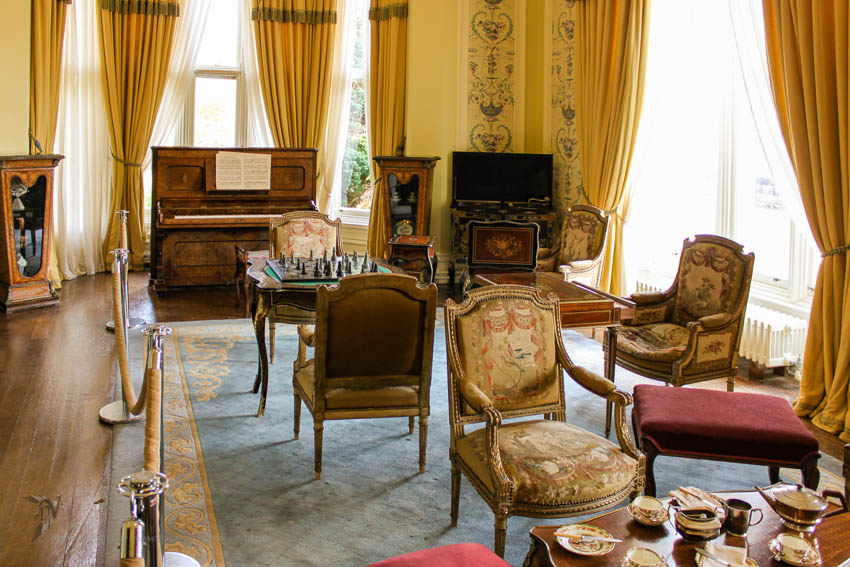
The Victorian gardens at Kylemore: a natural work of art
In addition to the castle, Kylemore Abbey is famous for its magnificent Victorian gardens covering six hectares. These restored gardens offer a blend of exotic flowers of rare plants and majestic trees, all perfectly maintained. A shuttle bus is available for easy access.
Take time to explore these gardens, which reflect the elegance and refinement of the Victorian era. It's a haven of peace that will delight nature lovers and botanists alike.

A spiritual and peaceful place
Today, the Abbey is a place of peace and quietstill inhabited and managed by the Benedictine nuns. They take great care to preserve this historic site while sharing its heritage with visitors. You'll experience a peaceful, spiritual atmosphere as you wander around the grounds, perfect for a rejuvenating break amidst Connemara's wild landscapes.


Tips for your visit
The lakes of Connemara
One of the Connemarathe Connemara lakes offer a timeless getaway, ideal for photography enthusiasts. To fully discover this region, I invite you to leave the loop of the N59 and head for the two main lakes: the Lough Mask and the Lough Corrib.
Explore Lough Mask and Lough Corrib
These two large lakes, surrounded by green hills and meadows, can be explored along winding country roads. If you want to tour them, allow between 2 and 3 hours. This time may vary depending on your stops, as it's hard to resist the temptation to stop and admire the scenery or take a few photos. Here are a few suggestions for making the most of your visit:
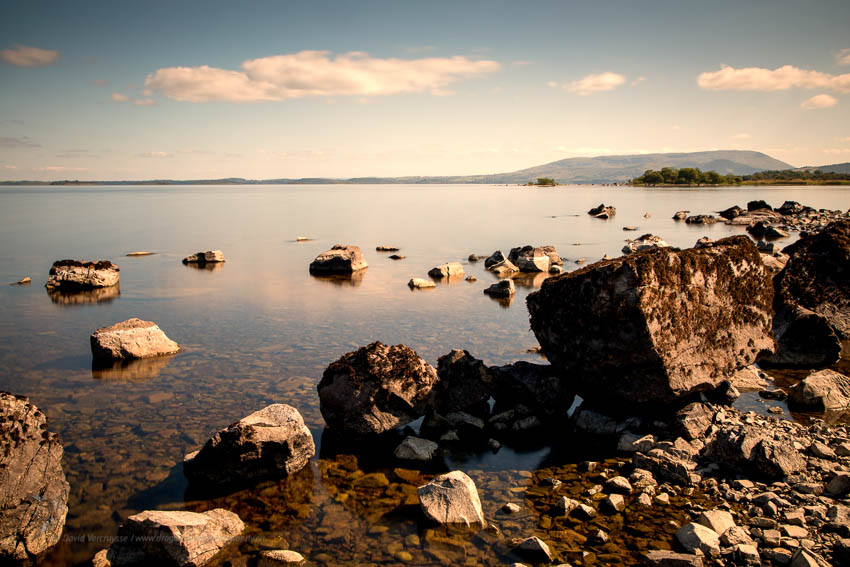
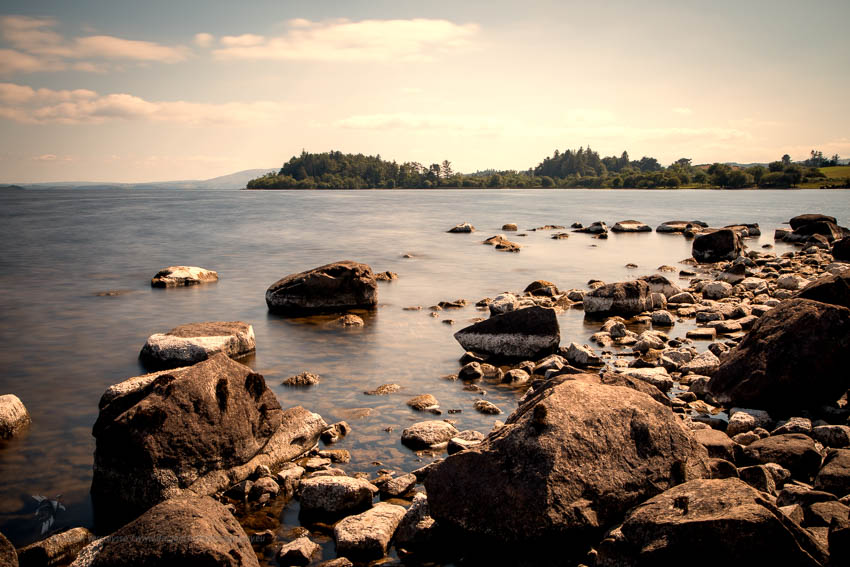

A diversion to the village of Cong
Between the Lough Mask and the Lough Corribmake a stop in the charming village of Cong. This picturesque village is famous for being the setting for the classic film "The Quiet Man with John Wayne and Maureen O'Hara.
Here are some not-to-be-missed activities in Cong :
The village of Cong
Cong is undoubtedly the village where to stop on your exploration of the Connemara. This charming place, steeped in history and culture, has gained worldwide renown thanks to the famous film starring John Wayne : "The Quiet Man (in French : The Quiet Man). To this day, it remains a must-see site for film buffs, but also for anyone looking to immerse themselves in authentic Irish life.
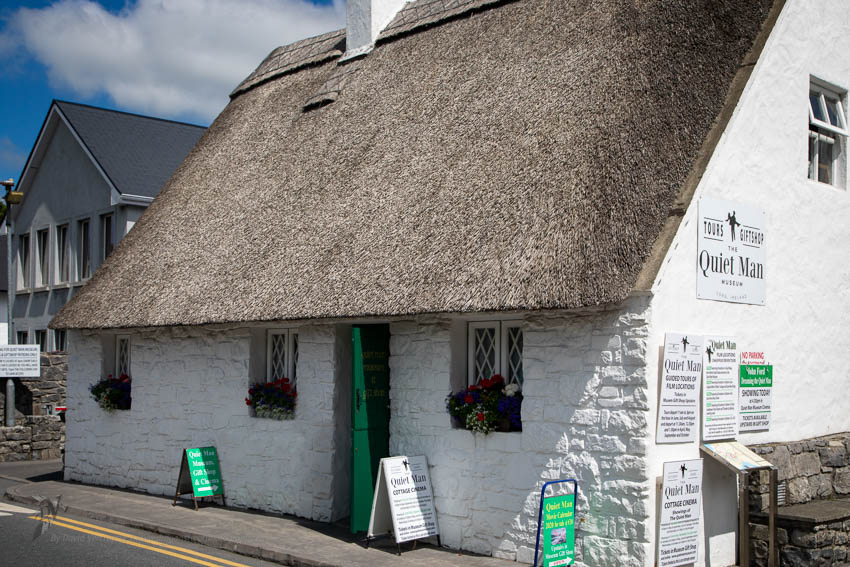
In the footsteps of : " The Quiet Man"
The village of Cong is indissociable from the cult 1952 film directed by John Ford. Many of the film's iconic scenes were shot in and around the village, making it a place of pilgrimage for film fans. Here are a few ideas for immersing yourself in the world of the film:
A village full of charm
In addition to its link with The Quiet Man, Cong is a picturesque village of natural beauty and authenticity. Here are some other activities and discoveries not to be missed during your visit:
4. Conclusion
This article concludes our itinerary in Western Ireland It was an adventure that took us through wild landscapes, authentic villages and places steeped in history. Passing through the Dingle Peninsula the Connemara the Connemara lakes and finally Cong. you've discovered the many facets of this rich and enchanting region.
Le Cong village is an ideal way to round off this trip, thanks to its warm atmosphere and unique blend of nature, culture and gastronomy.
I hope this series of 4 articles has inspired you to visit Ireland! If you haven't already done so, please feel free to share what touched you the most by commenting below,
Thank you and see you soon,
David

